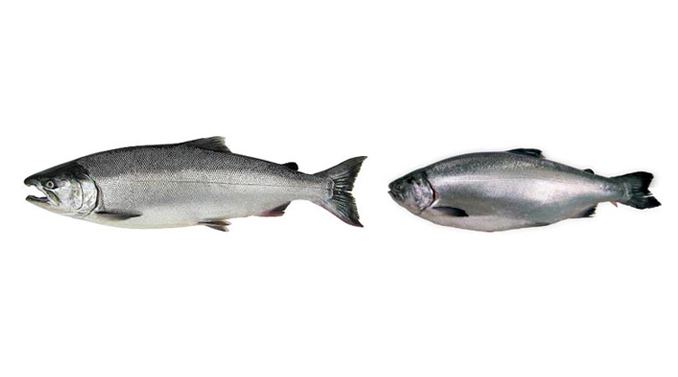Currently, approximately 3.4 million salmon are produced in the world. Unlike the other animal production species such as cattle, chickens and pigs, salmon are only produced in a few countries that have the fjords, inland seas and canals with pristine waters necessary for farming. Salmon require cold waters, well oxygenated and free from contamination, conditions that only a few countries in the world can guarantee.
 Contacto
Contacto  Denuncias
Denuncias  Est. Financieros
Est. Financieros  Portal Clientes
Portal Clientes  Proveedores
Proveedores 

